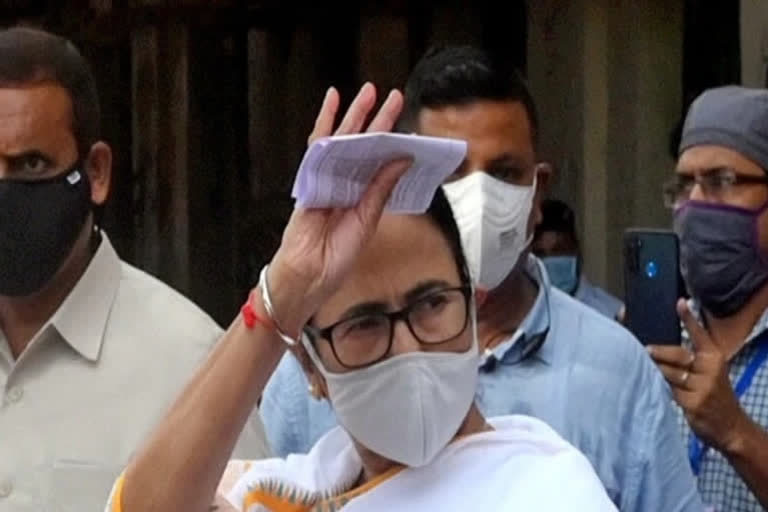Kolkata: In the month of December, the state government of West Bengal has borrowed twice from the open market. And in both phases, West Bengal was the highest borrower among all the Indian states.
On December 14, 2021, seven Indian states went for a total market borrowing of Rs 7,053 crore. West Bengal’s loan amount was the highest among those seven states at Rs 2,500 crore. Again on December 24, 2021, 16 Indian states went for a market borrowing of Rs 22,984 crore from the market. In this phase as well West Bengal was the highest borrower at Rs 4,000 crore.
Economic and financial experts feel that this trend of borrowing makes two things clear. According to them, in absence of a suitable revenue generation model where state excise is not the only source, there will be no other option for the state government but to go for regular market borrowings. The second factor is that following the skyrocketing non-plan expenditure during the last years, there has been an increased requirement for aggravated market borrowing to meet those expenses.
In 2011, when the Mamata Banerjee- led and Trinamool Congress-ruled state government came to power in West Bengal ending the 34- year Left Front rule, the total accumulated debt of the state government was Rs 1.93 lakh crore. From the budget estimates of the state government, it is clear that by the end of the financial years 2021-22, the total accumulated debt of the state government will cross Rs 5 lakh crore and almost reach Rs 5.5 lakh crore.
Economist and former college principal, Jayanta Chary said that the situation is alarming since the state government is almost in a debt trap where there is a requirement for fresh borrowing to service the old debts. “The state’s debt to GSDP ratio is already around 30 per cent. The system will collapse if that ratio reaches 50 per cent,” he said.
Acharya further said that there are two reasons behind this situation. “In absence of a suitable revenue generation model where state excise is not the only source, there will be no other option for the state government but to go for regular market borrowings. The second factor is that following the skyrocketing non-plan expenditure during the last years there has been an increased requirement for aggravated market borrowing to meet those expenses,” he added.
Professor of Economics, Santanu Basu said in terms of market borrowing and accumulated debt West Bengal is way ahead of other states. “The state government is being unfair by leaving behind such a huge debt burden for the next generation. If the state government does not control non-plan expenditure which is done with the intention of populist politics, then in no time the state’s economy would collapse,” he said.
A senior state finance department official on strict condition of anonymity said that the projects like Lokkhir Bhandar, which enables direct cash transfer from the state exchequer to the bank accounts of the beneficiaries, has attracted a huge number of applications and the number of applications is increasing every day. So to meet the continuously rising expenditure the state government is forced to resort to market borrowing again and again and at the same time revising the borrowing limit multiple times.
Read: Indian economy on reviving mode, says Kiran Mazumdar Shaw



